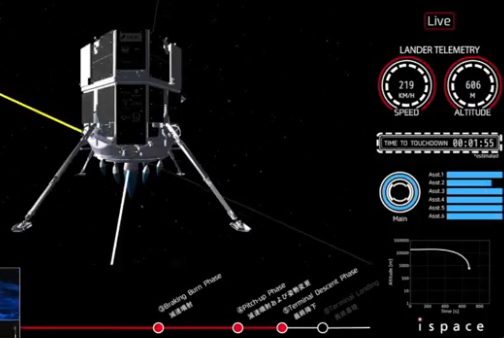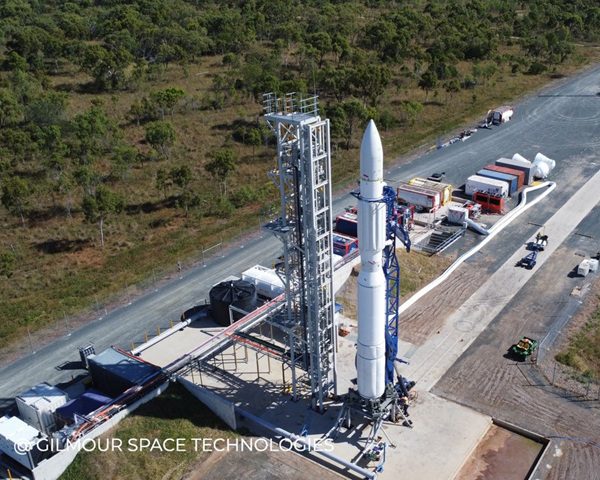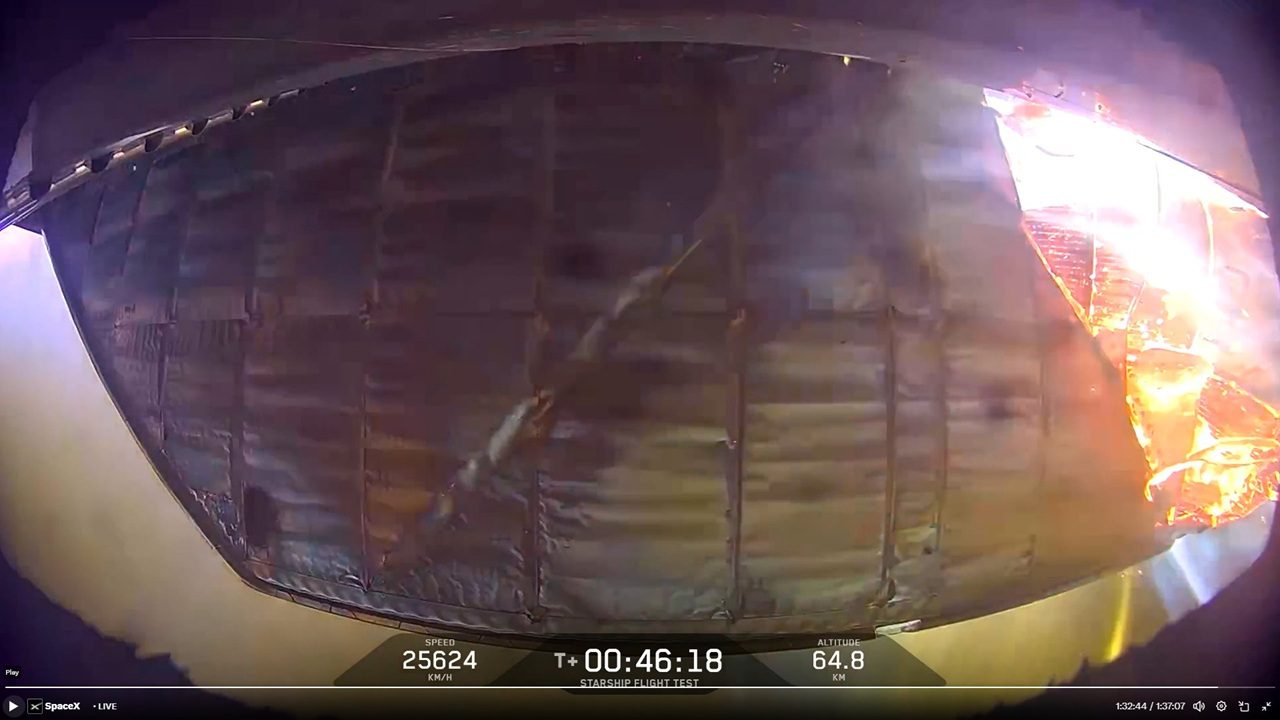China’s first lunar rover, Yutu (Jade Rabbit), which was landed onto the surface of the Moon as part of the Chang’E 3 mission has experienced a “mechanical control abnormality”. The exact nature of the anomaly has not been specified but it is noted that ground engineers are trying to remotely repair it or work around it. The fault was due to “complicated lunar surface environment,” according to Xinhua reporting the State Administration of Science, Technology and Industry for National Defence (SASTIND). The abnormality reportedly became apparent before the rover entered its second hibernation phase on 25 January 2014 as lunar night fell.
China’s lunar rover has a mechanical control problem
About Seradata
Seradata produces the renowned Seradata database. Trusted by over 100 of the world’s leading Space organisations, Seradata is a fully queryable database used for market analysis, failure/risk assessment, spectrum analysis and space situational awareness (SSA).
For more information go to https://www.seradata.com/product/
Related Articles
Stay Informed with Seradata
Stay informed on the latest news, insights, and more from Seradata by signing up for our newsletter.







